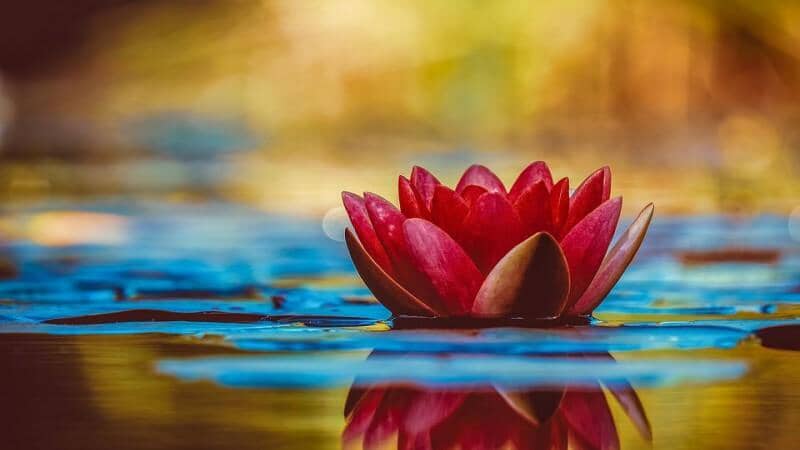A pond will not become lively without a series of aquatic plants. If you don’t already have pond plants, be advised that they’re important for oxygenation and absorbing residual nutrients that would be just too much for your fish to consume. Not to mention, they are great for decorative purposes.
Additionally, when fish produce waste; this waste includes ammonia. The bacteria of this pond will then turn this waste into nitrates. Nitrates are one of the many things that plants can absorb to grow, and plants also can help to reduce the amount of waste in the pond altogether. Algae is something that also absorbs nitrates and depends on nitrates to grow, so with pond plants competing with algae, you can limit how much algae you get in your pond. As you can see, plants are a key player in a pond’s nitrogen cycle.
You’ll need plants for your pond, but which ones should you choose? The answer is several. There are actually a large number of them categorized into four different groups: Submerged, floating, marginal, and bog. You will need at least the first two in addition to one of the latter two in order to provide all areas of your pond with benefits for fish as well as the quality of your water. Here are details on each type of pond plant:
Submerged
Submerged plants live and grow completely underwater. These are also rooted plants that need soil, just like your typical land plants. Submerged plants can be grown in conjunction with plant baskets and can be placed in the deepest part of your pond. As an added bonus feature, they make for great hiding places for fish from unexpected visitors. A list of notable submerged plants include hornwort, parrotfeather, anacharis, eelgrass, and camboma.
Floating
Floating plants, as the name suggests, float above the water’s surface. Some floating plants freely float on the surface while others are rooted at the bottom of the pond. These plants can provide shade, and just like submerged plants, can also provide concealment for fish from predators. With shade, your pond can be kept cool while still allowing sunlight to enter. A list of notable floating plants will include water hyacinth, water poppy, mosquito fern, fairy moss, and white snowflake.
Marginal
Also known as “emergent plants” marginal plants grow only along the side of the pond, as this area of the pond is the best place to acquire both air and soil, as well as avoid the constant force of water from pond fountain pumps. These plants have roots underwater while their stems and flowers that develop above water. A list of notable marginal plants include cattail, water lily, lotus, marigold, and papyrus plant.
Bog
Some pond and outdoor experts often put bog plants in the same category as the marginal plants. These plants also have underwater roots with above-water heads and stems however, their roots are considered more complex with the purpose of absorbing more nutrients than marginal plants. A list of notable bog plants will include creeping jenny, rush, Rodgers flower, blue flag iris, and purple pitcher.
All pond plants need sunlight in order to grow, even with submerged plants. Sunlight that can reach the deeper levels of your pond can benefit just any pond plant with a plentiful amount of light.
In summary, pond plants are crucial for healthy fish and water in your pond, but you also need more than one type of plant so that all areas of the pond can benefit. We recommend buying at least one of each type of plant to start with that can cover your ponds sides, center, and underwater area

